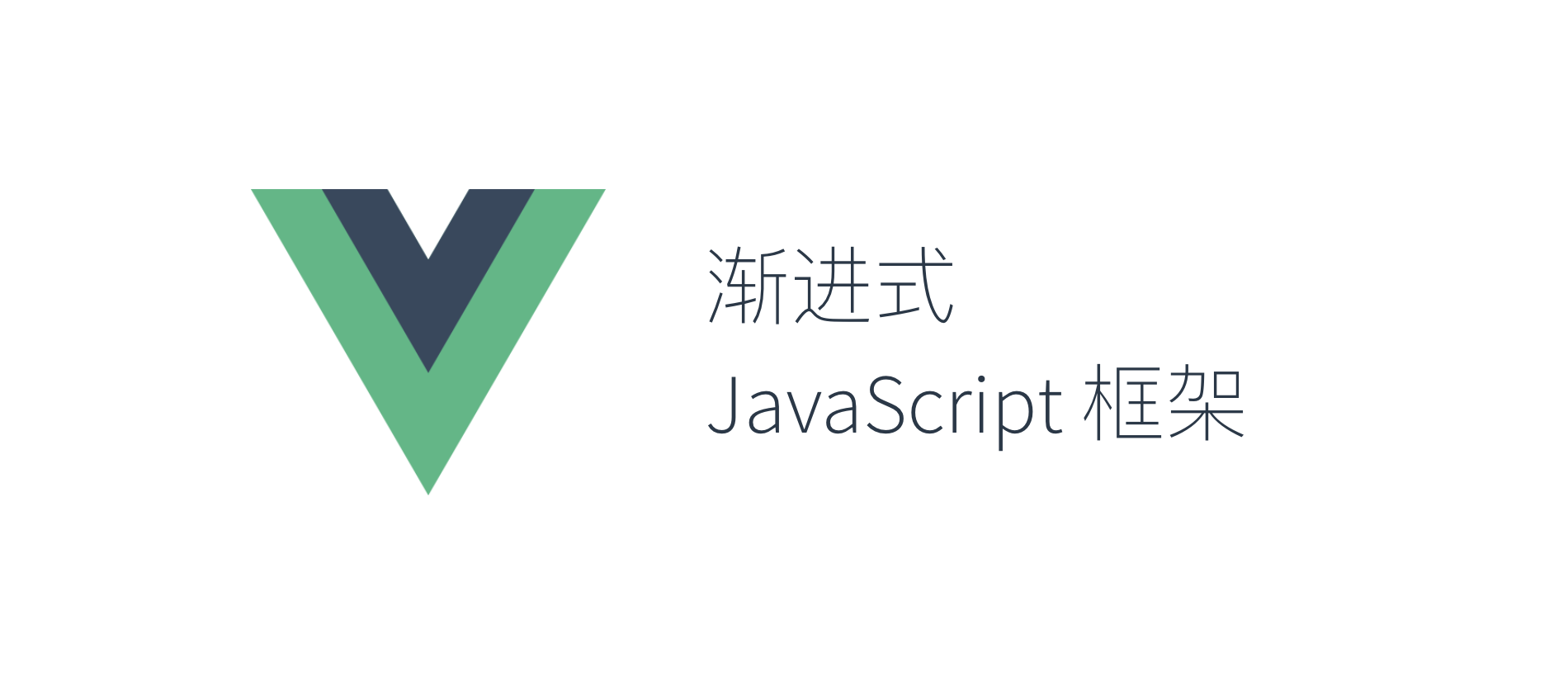一,前言
总结一下之前的文章,介绍了以下内容:
本篇开始,继续 Vue2.x 源码的 diff 算法部分;
二,当前版本存在的问题
1,初始化与更新流程分析
Vue 初始化,会在挂载时调用 mountComponent 方法
// src/init.js
Vue.prototype.$mount = function (el) { const vm = this; const opts = vm.$options; el = document.querySelector(el); // 获取真实的元素 vm.$el = el; // vm.$el 表示当前页面上的真实元素
// 如果没有 render, 看 template if (!opts.render) { // 如果没有 template, 采用元素内容 let template = opts.template; if (!template) { // 拿到整个元素标签,将模板编译为 render 函数 template = el.outerHTML; } let render = compileToFunction(template); opts.render = render; }
mountComponent(vm); }
复制代码
在 mountComponent 方法中,会创建一个 watcher
// src/lifeCycle.js
export function mountComponent(vm) {
let updateComponent = ()=>{ vm._update(vm._render()); } // 当视图渲染前,调用钩子: beforeCreate callHook(vm, 'beforeCreate');
// 渲染 watcher :每个组件都有一个 watcher new Watcher(vm, updateComponent, ()=>{ // 视图更新后,调用钩子: created callHook(vm, 'created'); },true)
// 当视图挂载完成,调用钩子: mounted callHook(vm, 'mounted');}
复制代码
数据更新时,会进入 set 方法
// src/observe/index.js
function defineReactive(obj, key, value) { // childOb 是数据组进行观测后返回的结果,内部 new Observe 只处理数组或对象类型 let childOb = observe(value);// 递归实现深层观测 let dep = new Dep(); // 为每个属性添加一个 dep Object.defineProperty(obj, key, { // get方法构成闭包:取obj属性时需返回原值value, // value会查找上层作用域的value,所以defineReactive函数不能被释放销毁 get() { if(Dep.target){ // 对象属性的依赖收集 dep.depend(); // 数组或对象本身的依赖收集 if(childOb){ // 如果 childOb 有值,说明数据是数组或对象类型 // observe 方法中,会通过 new Observe 为数组或对象本身添加 dep 属性 childOb.dep.depend(); // 让数组和对象本身的 dep 记住当前 watcher if(Array.isArray(value)){// 如果当前数据是数组类型 // 可能数组中继续嵌套数组,需递归处理 dependArray(value) } } } return value; }, set(newValue) { // 确保新对象为响应式数据:如果新设置的值为对象,需要再次进行劫持 console.log("修改了被观测属性 key = " + key + ", newValue = " + JSON.stringify(newValue)) if (newValue === value) return observe(newValue); // observe方法:如果是对象,会 new Observer 深层观测 value = newValue; dep.notify(); // 通知当前 dep 中收集的所有 watcher 依次执行视图更新 } })}
复制代码
此时,会调用 dep.notify() 通知对应的 watcher 调用 update 方法做更新
class Dep { constructor(){ this.id = id++; this.subs = []; } // 让 watcher 记住 dep(查重),再让 dep 记住 watcher depend(){ Dep.target.addDep(this); } // 让 dep 记住 watcher - 在 watcher 中被调用 addSub(watcher){ this.subs.push(watcher); } // dep 中收集的全部 watcher 依次执行更新方法 update notify(){ this.subs.forEach(watcher => watcher.update()) }}
复制代码
在 Watcher 类的 update 方法中,调用了 queueWatcher 方法将 watcher 进行缓存、去重操作
// src/observe/watcher.js
class Watcher { constructor(vm, fn, cb, options){ this.vm = vm; this.fn = fn; this.cb = cb; this.options = options;
this.id = id++; // watcher 唯一标记 this.depsId = new Set(); // 用于当前 watcher 保存 dep 实例的唯一id this.deps = []; // 用于当前 watcher 保存 dep 实例 this.getter = fn; // fn 为页面渲染逻辑 this.get(); } addDep(dep){ let did = dep.id; // dep 查重 if(!this.depsId.has(did)){ // 让 watcher 记住 dep this.depsId.add(did); this.deps.push(dep); // 让 dep 也记住 watcher dep.addSub(this); } } get(){ Dep.target = this; // 在触发视图渲染前,将 watcher 记录到 Dep.target 上 this.getter(); // 调用页面渲染逻辑 Dep.target = null; // 渲染完成后,清除 Watcher 记录 } update(){ console.log("watcher-update", "查重并缓存需要更新的 watcher") queueWatcher(this); } run(){ console.log("watcher-run", "真正执行视图更新") this.get(); }}
复制代码
queueWatcher 方法:
// src/observe/scheduler.js
/** * 将 watcher 进行查重并缓存,最后统一执行更新 * @param {*} watcher 需更新的 watcher */export function queueWatcher(watcher) { let id = watcher.id; if (has[id] == null) { has[id] = true; queue.push(watcher); // 缓存住watcher,后续统一处理 if (!pending) { // 等效于防抖 nextTick(flushschedulerQueue); pending = true; // 首次进入被置为 true,使微任务执行完成后宏任务才执行 } }}
/** * 刷新队列:执行所有 watcher.run 并将队列清空; */function flushschedulerQueue() { // 更新前,执行生命周期:beforeUpdate queue.forEach(watcher => watcher.run()) // 依次触发视图更新 queue = []; // reset has = {}; // reset pending = false; // reset // 更新完成,执行生命周期:updated}
复制代码
flushschedulerQueue 方法执行时,会调用 watcher 的 run 方法
run 内部调用 watcher 的 get 方法,get 方法中记录当前 watcher 并调用 getter
this.getter 即 watcher 初始化时传入的视图更新方法 fn,
即 updateComponent 视图渲染逻辑
// src/lifeCycle.js
export function mountComponent(vm) {
let updateComponent = ()=>{ vm._update(vm._render()); } // 当视图渲染前,调用钩子: beforeCreate callHook(vm, 'beforeCreate');
// 渲染 watcher :每个组件都有一个 watcher new Watcher(vm, updateComponent, ()=>{ // 视图更新后,调用钩子: created callHook(vm, 'created'); },true)
// 当视图挂载完成,调用钩子: mounted callHook(vm, 'mounted');}
复制代码
这样,就会再次执行 updateComponent->vm._render,
会根据当前的最新数据,重新生成虚拟节点,并且再次调用 update
// src/lifeCycle.js
export function lifeCycleMixin(Vue){ Vue.prototype._update = function (vnode) { const vm = this; // 传入当前真实元素vm.$el,虚拟节点vnode,返回新的真实元素 vm.$el = patch(vm.$el, vnode); }}
复制代码
2,问题分析与优化思路
update 方法会使用新的虚拟节点重新生成真实 dom,并替换掉原来的 dom
在 Vue 的实现中,会做一次 diff 算法优化:尽可能复用原有节点,以提升渲染性能
所以,patch 方法即为重点优化对象:
当前的 patch 方法,仅考虑了初始化的情况,还需要处理更新操作patch 方法需要对新老虚拟节点进行一次比对,尽可能复用原有节点,以提升渲染性能
复制代码
三,模拟新老虚拟节点比对
模拟两个虚拟节点的比对:
生成虚拟节点 1
生成虚拟节点 2
调用 patch 方法进行新老虚拟节点比对
1,生成第一个虚拟节点
首次,生成虚拟节点后,直接进行挂载
// src/index.js
// 1,生成第一个虚拟节点// new Vue会对数据进行劫持let vm1 = new Vue({ data(){ return {name:'Brave'} }})// 将模板 render1 生成为 render 函数let render1 = compileToFunction('<div>{{name}}</div>');// 调用 compileToFunction,将模板生成 render 函数,会解析模板,最终包成一个 function// 调用 render 函数,产生虚拟节点let oldVnode = render1.call(vm1) // oldVnode:第一次的虚拟节点// 将虚拟节点生成真实节点let el1 = createElm(oldVnode);// 将真实节点渲染到页面上document.body.appendChild(el1);
复制代码
2,生成第二个虚拟节点
// src/index.js
// 2,生成第二个虚拟节点let vm2 = new Vue({ data(){ return {name:'BraveWang'} }})let render2 = compileToFunction('<p>{{name}}</p>');let newVnode = render2.call(vm2);
// 延迟看效果:初始化完成显示 el1,1 秒后移除 el1 显示 el2setTimeout(()=>{ let el2 = createElm(newVnode); document.body.removeChild(el1); document.body.appendChild(el2);}, 1000);
export default Vue;
复制代码
3,patch 方法比对新老虚拟节点
patch 方法:将新老虚拟节点进行一次比对,尽可能复用原有节点,以提升渲染性能
节点复用逻辑:标签名和 key 相同即判定可复用
// 如果标签名一样就复用// 3,调用 patch 方法进行比对setTimeout(()=>{ // 比对新老虚拟节点的差异,尽可能复用原有节点,以提升渲染性能 patch(oldVnode,newVnode); }, 1000);
复制代码
4,查看新老节点
let vm = new Vue({ data(){ return {name:'Brave'} }})let render = compileToFunction('<div>{{name}}</div>');/let oldVnode = render.call(vm)let el = createElm(oldVnode);document.body.appendChild(el);
// 数据更新后,再次调用 render 函数vm.name = 'BraveWang';let newVnode = render.call(vm);
setTimeout(()=>{ patch(oldVnode, newVnode); }, 1000);
复制代码
查看生成的两个真实节点:
接下来开始改造 patch 方法,以实现节点对比和复用;
四,patch 方法优化
1,当前的 patch 方法
当前的 patch 方法仅考虑到初始化的情况,所以每次都会直接替换掉老节点
export function patch(el, vnode) { // 1,根据虚拟节点创建真实节点 const elm = createElm(vnode); // 2,使用真实节点替换掉老节点 // 找到元素的父亲节点 const parentNode = el.parentNode; // 找到老节点的下一个兄弟节点(nextSibling 若不存在将返回 null) const nextSibling = el.nextSibling; // 将新节点elm插入到老节点el的下一个兄弟节点nextSibling的前面 // 备注:若nextSibling为 null,insertBefore 等价与 appendChild parentNode.insertBefore(elm, nextSibling); // 删除老节点 el parentNode.removeChild(el);
return elm;}
复制代码
2,改造 patch 方法
当前patch方法的两个入参分别是:元素和虚拟节点将虚拟节点创建为真实节点,直接进行元素替换,完成数据更新
现在需要将新老虚拟节点进行比对,尽可能复用原有节点,提高渲染性能所以patch方法需改造为入参是新老虚拟节点:oldVnode、vnode
当前的 patch 方法仅考虑到初始化的情况;现在还需要支持数据更新的情况;
复制代码
export function patch(oldVnode, vnode) { const elm = createElm(vnode); const parentNode = oldVnode.parentNode; parentNode.insertBefore(elm, oldVnode.nextSibling); parentNode.removeChild(oldVnode); return elm;}
复制代码
问题:初渲染 OR 更新渲染?
通过判断 oldVnode.nodeType 节点类型是否为真实节点;是真实节点,需要进行新老虚拟节点比对非真实节点,即为真实dom时,进行初渲染逻辑
复制代码
改造完成后的 patch 方法:
export function patch(oldVnode, vnode) { const isRealElement = oldVnode.nodeType; if(isRealElement){// 真实节点,走老逻辑 const elm = createElm(vnode); const parentNode = oldVnode.parentNode;; parentNode.insertBefore(elm, oldVnode.nextSibling); parentNode.removeChild(oldVnode); return elm; }else{// 虚拟节点:做 diff 算法,新老节点比对 console.log(oldVnode, vnode) }}
复制代码
后边开始针对更新渲染的情况,进行新老虚拟节点的比对,即 diff 算法逻辑;
五,结尾
本篇,diff 算法问题分析与 patch 方法改造,主要涉及以下几点:
初始化与更新流程分析;
问题分析与优化思路;
新老虚拟节点比对模拟;
patch 方法改造;
下篇,diff 算法-节点比对;















评论